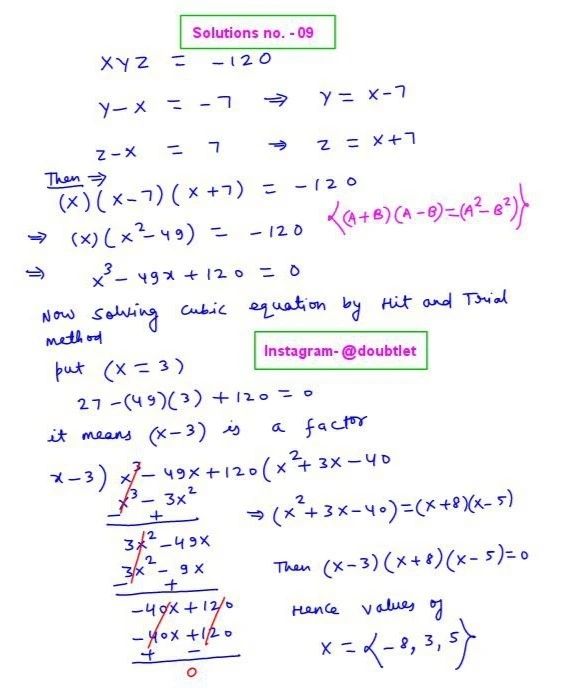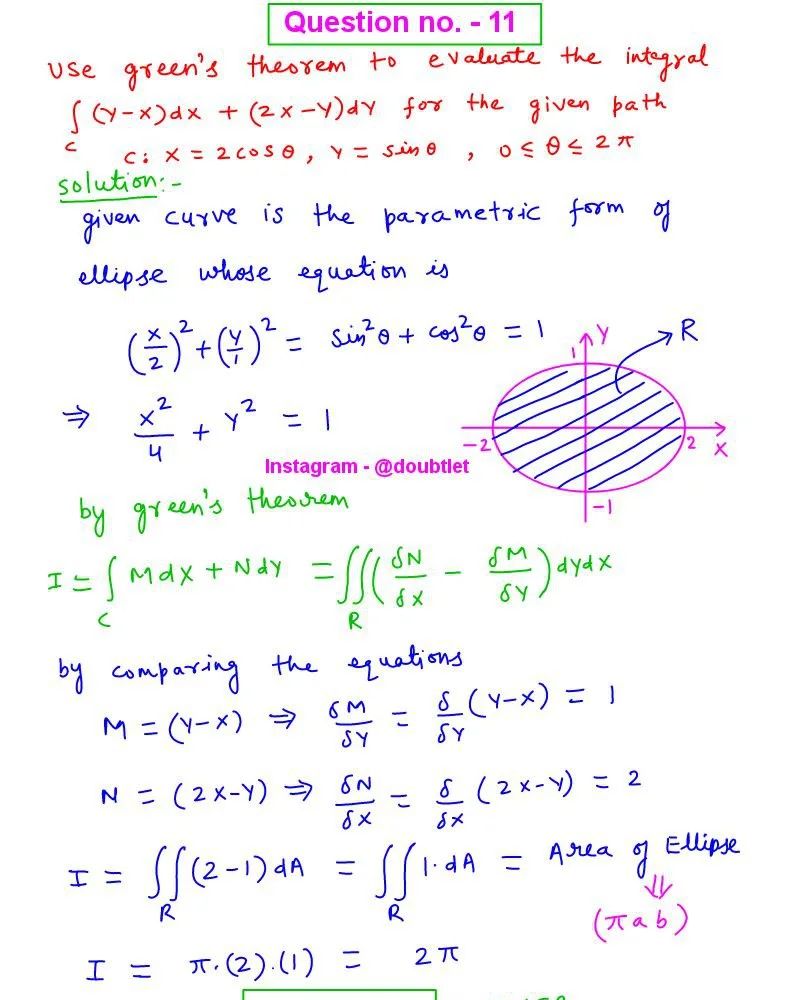









Monotonicity Formula Sheet
This page will help you to revise formulas and concepts of Monotonicity instantly for various exams.- Home
- Formula-Sheet
- Monotonicity
Monotonicity refers to the property of a function where it consistently either increases or decreases over its entire domain, without changing direction.
Neetesh Kumar | June 02, 2024
Share this Page on:
![]()
![]()
![]()
![]()
![]()
- 1. Nature of a Function at a Point
- 2. Increasing & Decreasing Nature of a Function Over an Interval
- 3. Rolle's Theorem
- 4. Lagrange's Mean Value Theorem (LMVT)
- 5. Taylor's Theorem
- 6. Maclaurin's Theorem
- 7. Special Points to Note
1. Nature of a Function at a Point:
(a). Increasing at :
If whenever , where for some , then is said to be increasing at .
-
When is the left end of the interval: is increasing at .
-
When is the right end of the interval: is increasing at .
(b). Strictly Increasing at :
If whenever , where for some , then is said to be strictly increasing at .
-
When is the left end of the interval: is strictly increasing at .
-
When is the right end of the interval: is strictly increasing at .
(c). Decreasing at :
If whenever , where for some , then is said to be decreasing at .
-
When is the left end of the interval: is decreasing at .
-
When is the right end of the interval: is decreasing at .
(d). Strictly Decreasing at :
If whenever , where for some , then is said to be strictly decreasing at .
-
When is the left end of the interval: is strictly decreasing at .
-
When is the right end of the interval: is strictly decreasing at .
2. Increasing & Decreasing Nature of a Function Over an Interval:
Consider an interval
(a). Increasing Over an Interval :
If , , then is increasing over the interval .
(b). Decreasing Over an Interval :
If , , then is decreasing over the interval .
(c). Strictly Increasing Over an Interval :
If , , then is strictly increasing over the interval .
(d). Strictly Decreasing Over an Interval :
If , , then is strictly decreasing over the interval .
Monotonic Function:
If a function is either increasing or decreasing over an interval, then it is said to be a monotonic function over the interval.
If a function is either strictly increasing or strictly decreasing over an interval, then it is said to be a strictly monotonic function over the interval.
Some Important Points:
- Increasing or monotonic increasing or non-decreasing has the same meaning. Similarly, decreasing or monotonic decreasing or non-increasing has the same meaning.
- If a function is strictly increasing, it is also said to be an increasing function, but the converse is not necessarily true.
- Functions that are increasing over some interval and decreasing over another interval are known as non-monotonic functions over the union of the intervals.
- A function may be monotonic in a subset but not in a superset.
- Constant function is increasing as well as decreasing over any interval. So it is called a monotonic function.
For Differentiable Functions:
Consider an interval that can be or or or .
- is a strictly increasing function over the interval .
- is an increasing function over the interval .
- and do not form any interval (that means at discrete points)
- is a strictly decreasing function over the interval .
- is a decreasing function over the interval .
- and do not form any interval (that means at discrete points)
3. Rolle's Theorem:
Let be a function that satisfies the following three hypotheses:
- is continuous in the closed interval .
- is differentiable in the open interval .
- .
Then there is a number in such that .
If is a differentiable function, then between any two consecutive roots of , there is at least one root of the equation .
4. Lagrange's Mean Value Theorem (LMVT):
Let be a function that satisfies the following hypotheses:
- is continuous in a closed interval .
- is differentiable in the open interval .
Then there is a number in such that:
(a) Geometrical Interpretation:
Geometrically, the Mean Value Theorem says that somewhere between and , the curve has a tangent parallel to the secant .
(b) Physical Interpretation:
If we think of the number as the average change in f over [a, b] and f'(c) as an instantaneous change, then the Mean Value Theorem says that at some interior point the instantaneous change must equal the average change over the entire interval.
Special Cases:
- If , then for some (this is Rolle's Theorem).
- If is constant on .
- Let is constant on .
- Let and is continuous at is constant on .
5. Taylor's Theorem:
Let be a function that is times continuously differentiable on an interval containing . Then for each in :
where the remainder term is given by:
for some in the interval between and .
6. Maclaurin's Theorem:
Maclaurin's Theorem is a special case of Taylor's Theorem when . It states that if is times continuously differentiable at , then:
where the remainder term is given by:
for some in the interval between and .
7. Special Points to Note:
One can use monotonicity to identify the number of roots of the equation in a given interval. Suppose and are two real numbers such that.
(a) and its first derivative are continuous for .
(b) and have opposite signs.
(c) is different from zero for all values of between and .
Then there is one and only one root of the equation in .
Relation Formula Sheet
Limit Formula Sheet
Vector operation Calculators
Vector Formula sheet


